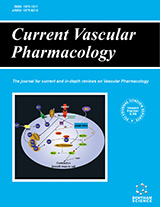Abstract
Visfatin is highly expressed in adipose tissue (mainly by the stromal cells), but it is also ubiquitously present in most tissues. Visfatin, which plays a role in nicotinamide adenine dinucleotide (NAD) biosynthesis, has been implicated in inflammatory states. Controversial results exist about the expression, circulating levels and the role of visfatin in atherosclerosis-related diseases. Most studies showed increased levels of visfatin in diabetes mellitus, obesity, hypertension, renal and cardiovascular disease. However, other studies reported lower levels of visfatin in these diseases. The discrepancies in clinical studies may be attributed to the multifactorial regulation of visfatin. There is evidence that visfatin expression and circulating levels are influenced by fat area and distribution, inflammatory state, renal function, iron metabolism, hormones as well as several other factors. Furthermore, discrepancies and lack of correlation between commercially available visfatin assays have been reported. More research is needed to better understand the factors that control its synthesis/release and to evaluate the role of visfatin in atherosclerosis-related disease. Large studies with homogeneous populations will probably be needed to answer these questions. Whether visfatin will eventually become a therapeutic target remains to be established.
Keywords: Visfatin, atherosclerosis, diabetes mellitus, obesity, dyslipidaemia, hypertension, renal disease, cardiovascular disease




























